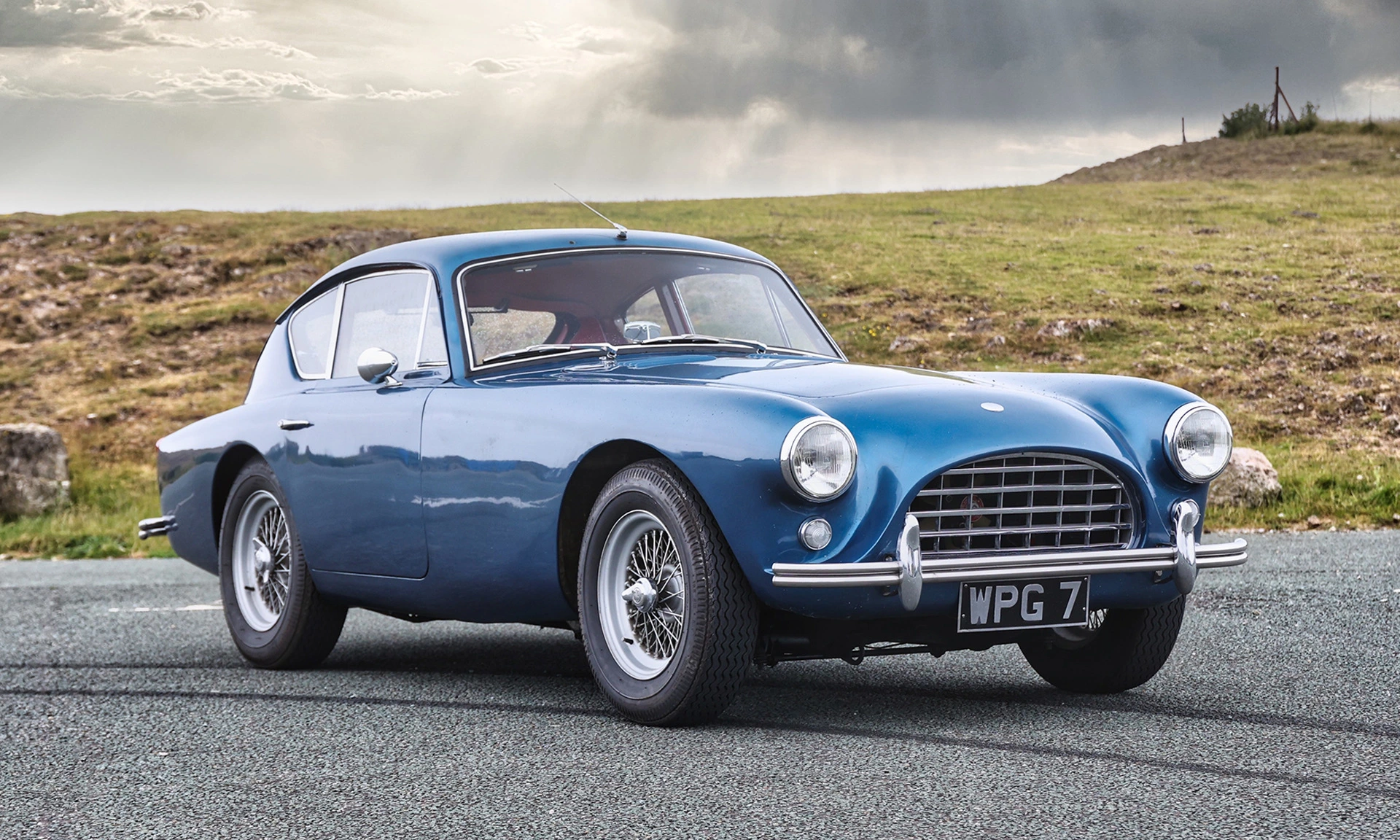Historics and H&H: A Black Friday Decided by Bidders
07 December 2024 9 min read 8 images

Historics at Brooklands on November 23rd and H&H in Buxton on November 27th, during a reflective or, better, slightly declining market period, repositioned themselves within their traditional operational area, settling for results below expectations, and the reason is quickly explained: as long as the sector was growing, it was possible to accept reserves above market value in the hope that someone would see more value than there was (even from a future perspective), but today, anyone buying a car thinks much more before raising the paddle. Either the price is correct, or I wait for the next sale, because at this stage, the estimate will not rise.
Register to unlock this article
Signing up is free and gives you access to hundreds of articles and additional benefits. See what’s included in your free membership. See what's included in your free membership.
Already have an account? Log In